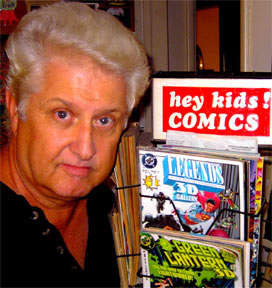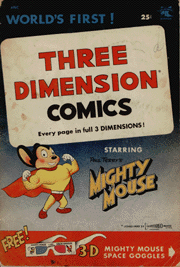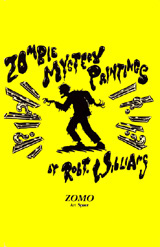

. . .the Surrealists gathered in places that the most na´ve performances were held. Their aim was no longer, as in the Dada era, to inhabit certain established seats of bourgeois culture but to explore the unexpected wealth of serialized films or the reels of Mack Sennett, the Musee Grevin, or melodramas. . .fairgrounds, and flea markets. . .
It was 1972. I was an unpublished poet, a painter without portfolio and a vocal but unheard devotee of the fine arts. Working at my day job in a steel mill, I made frequent odysseys to Los Angeles and Pasadena to gaze upon contemporary masterworks of sculpture and painting. And I read as much as possible about 20th century art.
It was through this reading that I discovered the Surrealist artists and their exciting, subversive philosophies. The Surrealists reveled in lowbrow culture, waxwork museums, Tarot cards, comic strips, cinema and games. For the Surrealists, a trip to the flea market could offer as much inspiration for artmaking as a visit to an art museum. This discovery caused me to reflect on my own ideas about art and those artistic expressions that had seemed most exalted to me when I was a child.
I realized that I had been looking for art outside the experience of my own childhood and that, somewhat typically and mistakenly, I had assumed that I must eschew those colorful and expressive modalities that fascinated me as a child. These included such delights as monster movies, comic books, color TV, baseball and pop music. What intrigued me was the possibility of a rigorously intellectual pursuit of these offspring of American popular culture, a marriage of lowbrow culture with highbrow philosophy. It also occurred to me, conversely, that the expression of complex aesthetic ideas was also possible through these forms which were so immediate and appealing.
It seemed to me that the Pop Art of the 1960s only scratched the surface of the artistic possibilities inherent in popular culture. So, I began a much more self-conscious and intensive study of popular media. First, I resolved to recover an icon from the cultural memory of the print media of my youth that I had lost in my haste to "grow up." This icon, whose images were emblazoned in my visual memory, was "Three Dimension Comics" from 1953, which I had beheld in all of its stereoscopic glory as a six-year-old wearing red and green glasses.

This comic book became the primary totem of my quest through the world of popular culture. A decade later it would also symbolize my breakthrough to a new career as a 3-D artist and writer, and my liberation from the day job at the steel mill. I launched my forays into the world of fine art with renewed vigor and continually found evidence of high culture in the lowbrow world. This compelling aesthetic dichotomy came to blazing life for me in the art and personality of Robert Williams, whom I wrote about and exhibited in my own art gallery in 1982.

A few years after that I had the amazing experience of making a 4 x 6 foot stereoscopic photo print for California "light and space" artist James Turrell, at his request, after meeting him on assignment to review his art. Writing about visual art for over two decades, the provocative marriage of the street and museum, the academy and flea market, has given me a cutting edge for aesthetic discourse which I continue ever to sharpen.
